Infrastructure & Technologies
Vibration and Noise Control in T&D
Making the World More Sustainable
Infrastructure & Technologies
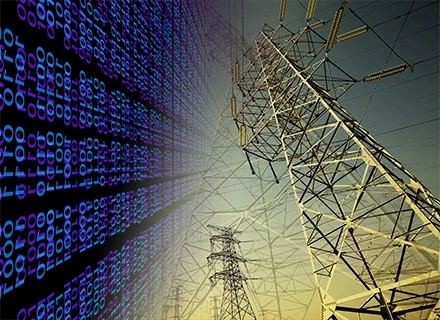
ADVANCED ANALYTICS
Recent technological and economic events are poised to transform the electric utility industry. Described as “game changers” by industry thought-leaders, these “disruptive challenges” stem from a convergence of factors.
1 Distributed energy resources (DER) and demand-side management (DSM) programs continue to capture market share, resulting in lower revenues, higher integration costs, lower profitability, and potential credit impact.
2 Existing regulatory process and tariff structures challenge the ability to recover lost revenues (albeit, slowly changing)....
Related Articles

Making the World More Sustainable
Smart grid is an idea of upgradation of the traditional electric grid infrastructure. The efficiency of the existing electrical grid can be automated by integrating with innovative technical equipment such as: high-tech forecasting system, digital sensors, advanced two-way communication...

Aging Infrastructure: How to Save Aging Assets
Applying limited resources to critical, aging infrastructure BY MASSOUD AMIN, IEEE Smart Grid, University of Minnesota The Smart Grid’s contributions to improving electric utilities’ means of monitoring the condition of assets, providing enhanced situational awareness, and faster...
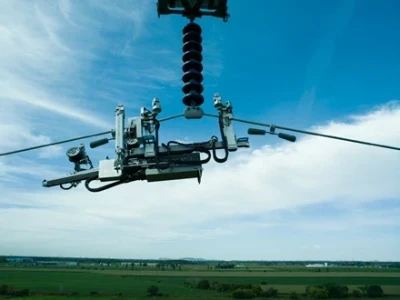
Q&A: Transmission Line Inspection Using Robotics
A: Hydro-Québec’s power transmission system, the most extensive in North America, covers close to 34,000 km. Similar to many power utilities, we need thorough infrastructure inspections to ensure system reliability, availability, and performance.Therefore, we have, developed robotic...
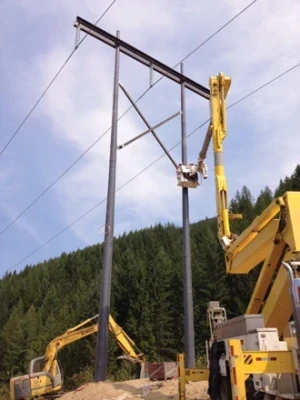
Fiber-Reinforced Composite Cross Arms for Transmission Structures
Fiber-reinforced polymers versus traditional cross arms materials BY JANOS TOTH & GRANT LOCKHART, FRP Transmission Innovations Inc. Recently, utilities have started using newer options such as component polyurethanes instead of older, widely used conventional materials. Specifically,...
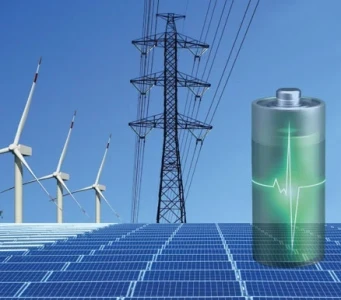
Duke Energy Florida Adds 300 MW with Four New Solar Projects
Duke Energy Florida has announced plans to build four new utility-scale solar energy facilities across the state, aimed at adding 300 megawatts (MW) of renewable energy to the grid. This expansion is part of the company’s broader strategy to increase its solar generation capacity and...
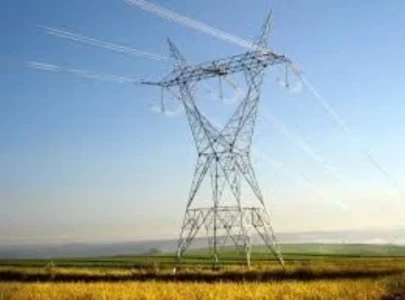
DOE Prioritizes Baseload Generation
In a strategic move to tackle the growing electricity demand and bolster energy security, the U.S. Department of Energy (DOE), under Secretary Chris Wright, has announced plans to focus on expanding baseload and dispatchable power generation. This shift in priorities, outlined on January 5, 2025,...
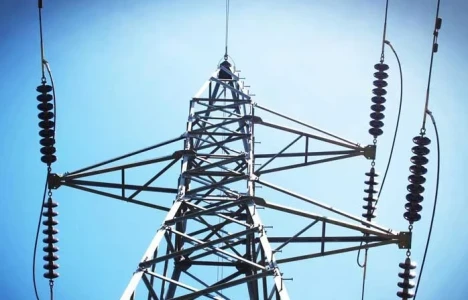
FERC Complaint Targets Duke, PJM Transmission Planning
A coalition of large energy consumers and ratepayer advocates has filed a complaint with the Federal Energy Regulatory Commission (FERC), urging the agency to prohibit transmission owners from independently planning "local" transmission projects exceeding 100 kilovolts (kV). The coalition argues...
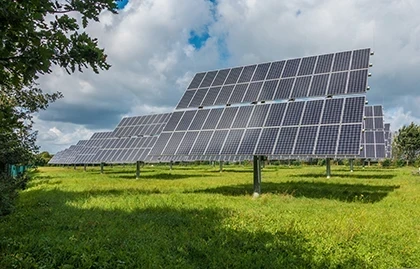
Virtual Power Plants (Vpp) And Smart Grids: Integrating Renewable Energy For A Sustainable Future
The rapid shift toward renewable energy resources (RERs) has placed significant demands on traditional power systems. To address these challenges, modern energy infrastructure is evolving into smart grids, leveraging advanced technologies like Virtual Power Plants (VPPs) to enhance grid...
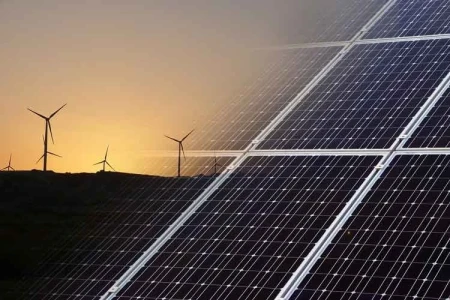
Louisiana Industries Push for Faster Renewable Energy Transition
Louisiana, known for its robust oil and gas industry, is experiencing a significant shift as some of its largest industries express frustration over delays in the state’s renewable energy transition. These major players are pushing for accelerated development and implementation of renewable...
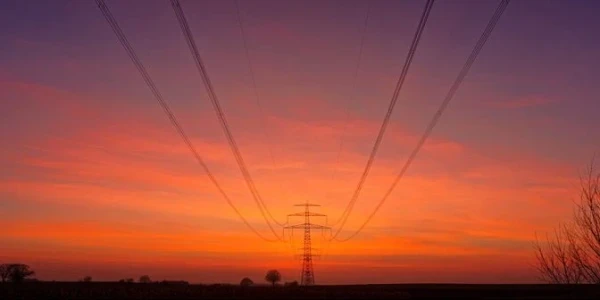
Overhead T&D, Direct Current Technology
Direct current (DC) is the preferred technology for moving large amounts of power across long distances. DC results in overall higher efficiency and reliability than an equivalently-sized alternating current (AC) system moving the same amount of power. The Advantages of DC More efficient: Over long...
